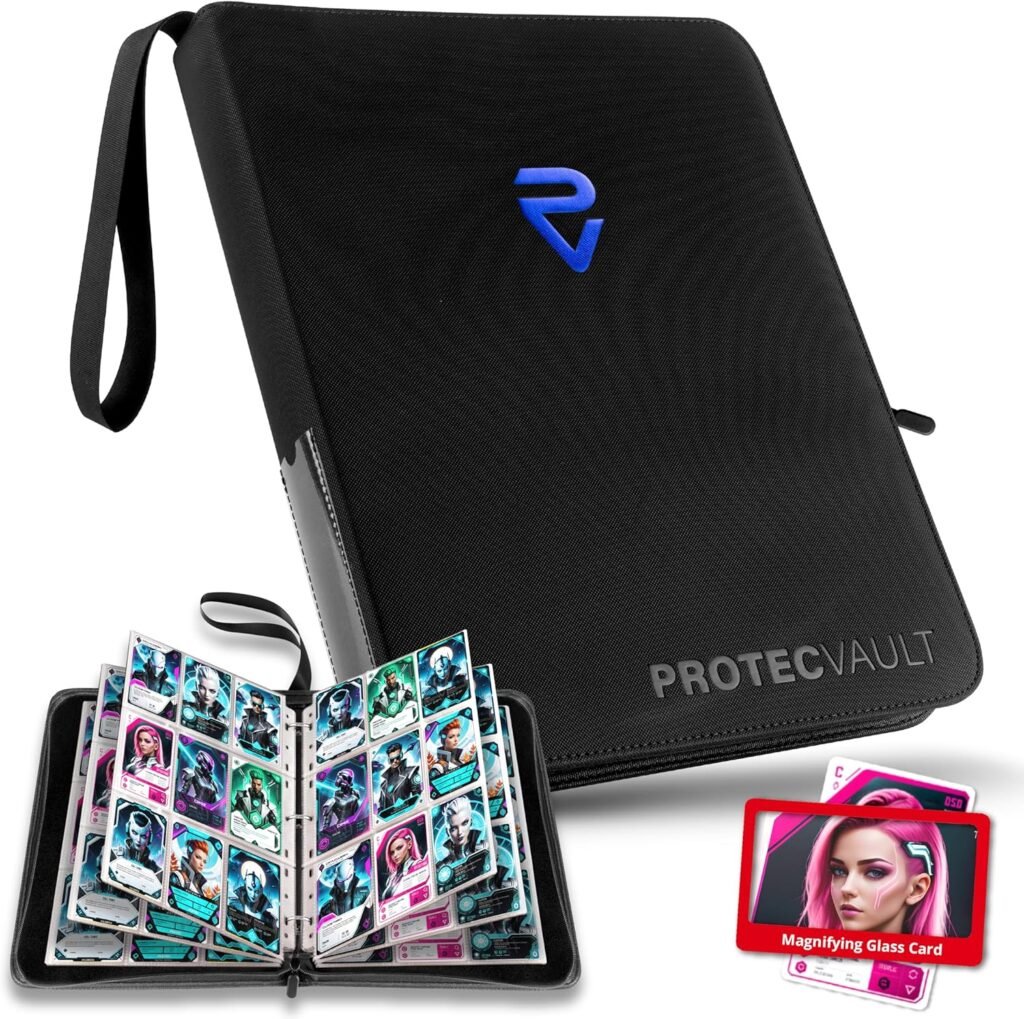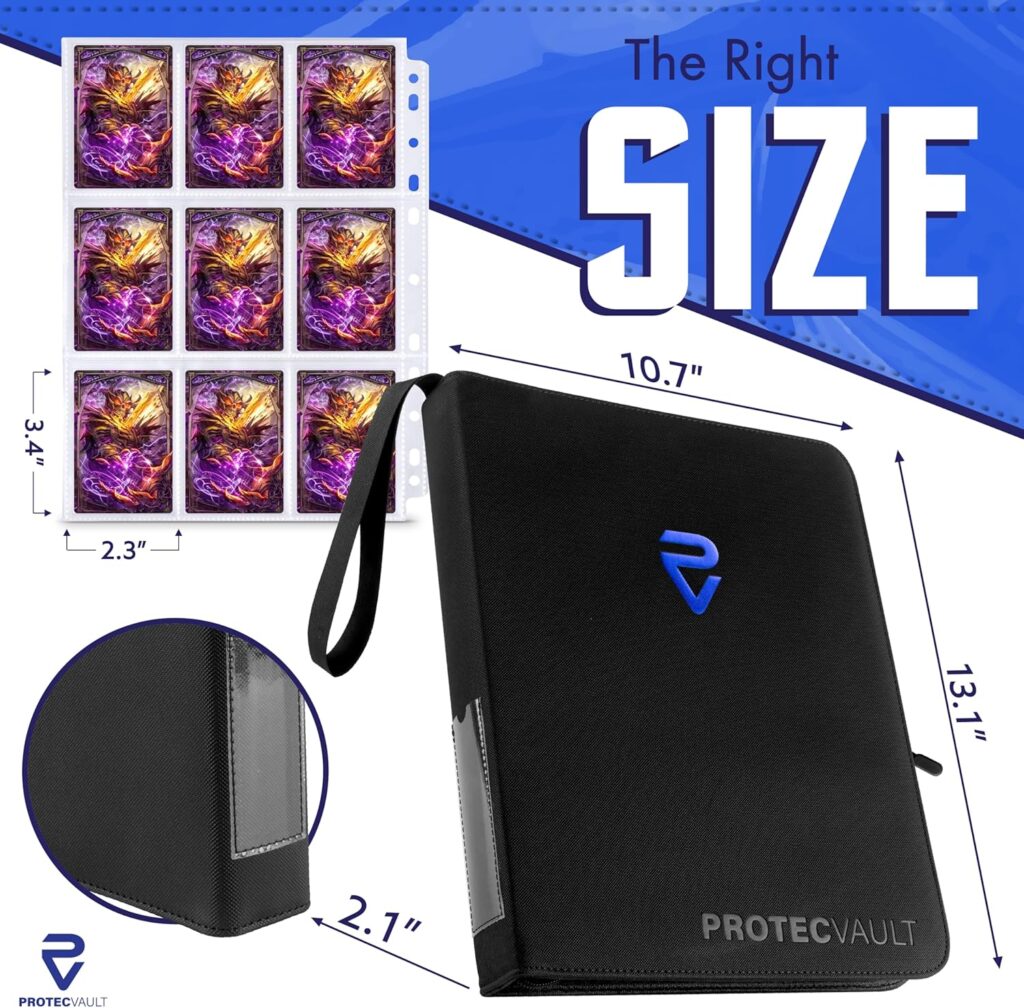Collecting trading cards, whether Pokémon, Magic: The Gathering, or sports cards, is a cherished hobby that requires careful protection to maintain both sentimental and financial value. A high-quality trading card binder is essential for secure card storage, ensuring your collection remains in pristine condition. Below, we outline the best practices and key binder features to safeguard your cards, drawing inspiration from premium solutions like those offered by ProtecVault.
Why Card Protection Is Essential
Trading cards are susceptible to damage from environmental factors like dust, moisture, UV light, and physical wear. Poor storage solutions, such as low-quality binders or sleeves, can lead to bent corners, faded colors, or scratches, reducing your cards’ value. A durable binder designed for secure card storage is the foundation of preserving your collection for years.

Essential Features of a High-Quality Trading Card Binder
When selecting a binder, focus on durability, functionality, and protective features. Here’s what to look for:
- Premium Materials: Choose binders made from water-resistant, high-quality materials like PU leather. Acid-free, non-stick pages prevent chemical degradation and sticking, ensuring long-term card safety.
- Sturdy Construction: Look for robust stitching and a reinforced spine to handle frequent use without wear. Avoid flimsy plastic covers that warp or soft binders that tear easily.
- Side-Loading Pockets: These keep cards securely in place, preventing them from slipping out during transport or browsing. Double-sided, 9-pocket pages maximize capacity while keeping your collection organized and display-ready.
- High Capacity: Opt for binders that can hold a large number of cards (e.g., up to 900 standard-sized cards) to accommodate growing collections.
- Portability: A lightweight design with features like a wrist strap makes it easy to carry your binder to tournaments or trade events.
The Value of a Zip Closure Binder
A secure closure system is critical for protecting your cards. Binders without closures risk accidental spills or exposure to dust and moisture. A zip closure binder, equipped with high-quality zippers, fully encloses your cards, offering peace of mind during travel or long-term storage. This feature is especially important for collectors who frequently transport their cards or store them for extended periods.

Additional Tips for Secure Card Storage
To further protect your trading cards, consider these best practices:
- Use Toploaders for High-Value Cards: For rare, signed, or valuable cards, combine binder storage with toploaders to prevent bending or surface damage.
- Avoid Overstuffing Pockets: Placing multiple cards in a single slot can cause warping or creasing. Stick to one card per pocket for optimal protection.
- Store in Optimal Conditions: Keep your binder in a cool, dry place away from direct sunlight and humidity to prevent fading, warping, or sticking.
- Regular Maintenance: Periodically inspect your cards and binder. Replace worn sleeves or pages to maintain mint condition.
Choosing the Right Binder for Your Collection
A high-quality binder combines durability, functionality, and style. Look for binders that offer water-resistant materials, acid-free pages, and secure zip closures to ensure your cards are protected and organized. Stylish color options, such as black, blue, or red, add a personal touch while maintaining a professional look.
Conclusion
Protecting your trading card collection starts with investing in a durable, well-designed binder. By prioritizing features like side-loading pockets, zip closures, and premium materials, you can ensure your cards remain in mint condition for years. For premium trading card binders that meet these standards, explore options from trusted brands like ProtecVault at their website or contact them at info@protecvault.com or (+972) 54-330-0830.
Stay connected with us on Facebook, X (formerly Twitter), Pinterest, Instagram, Threads, TikTok, and YouTube.

